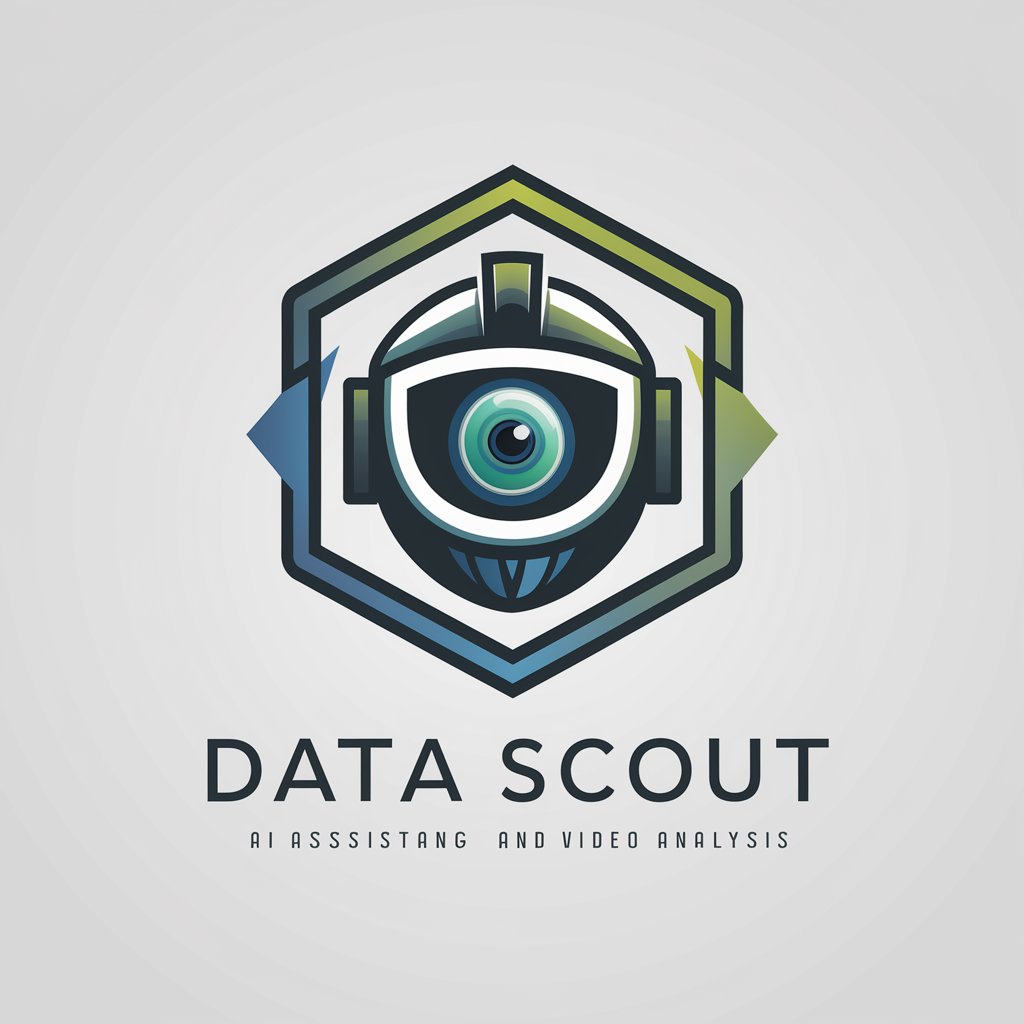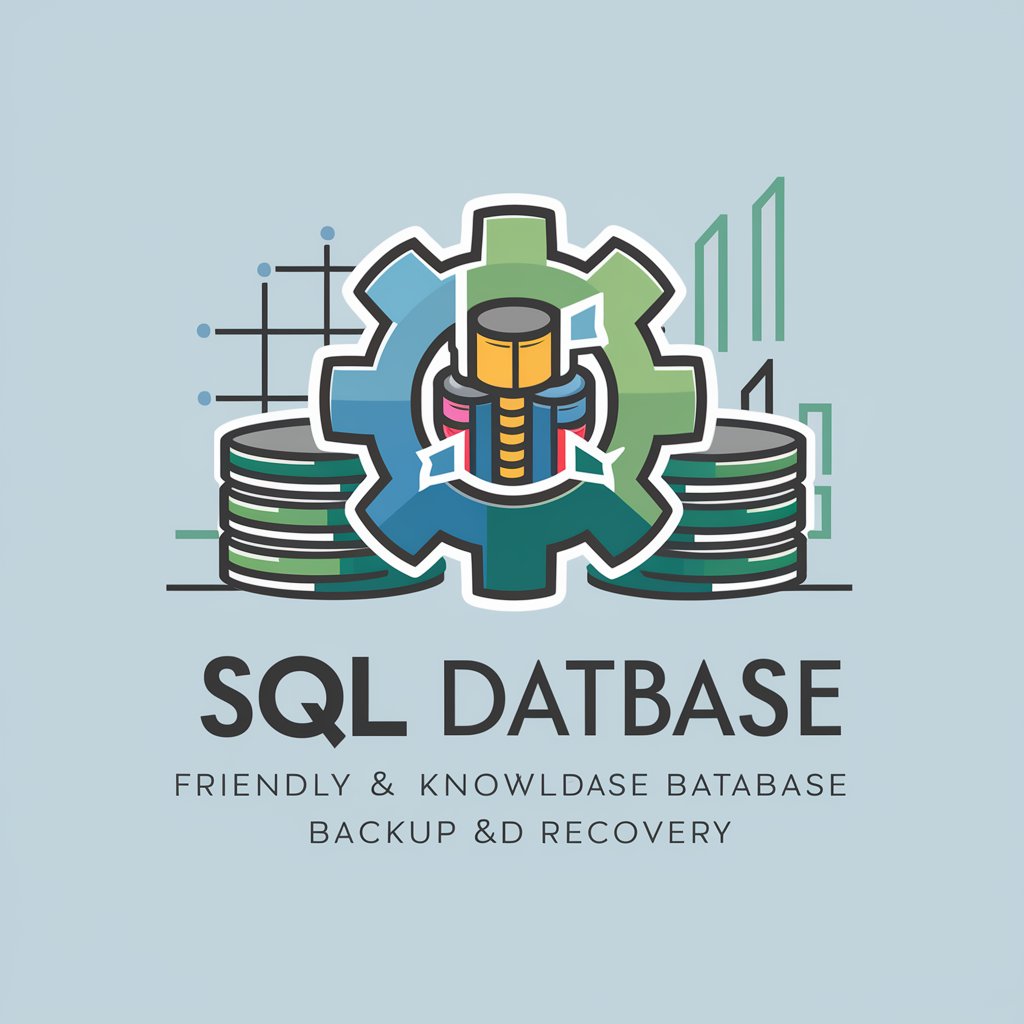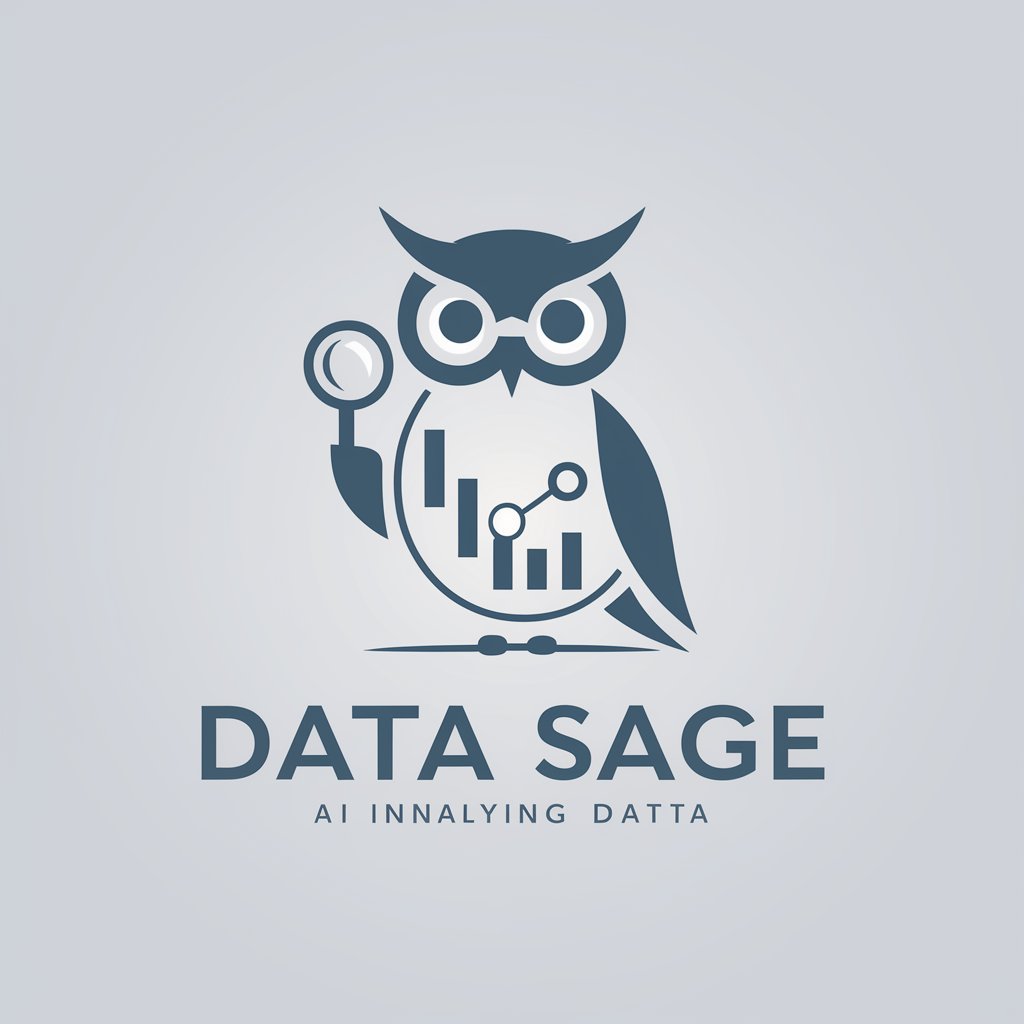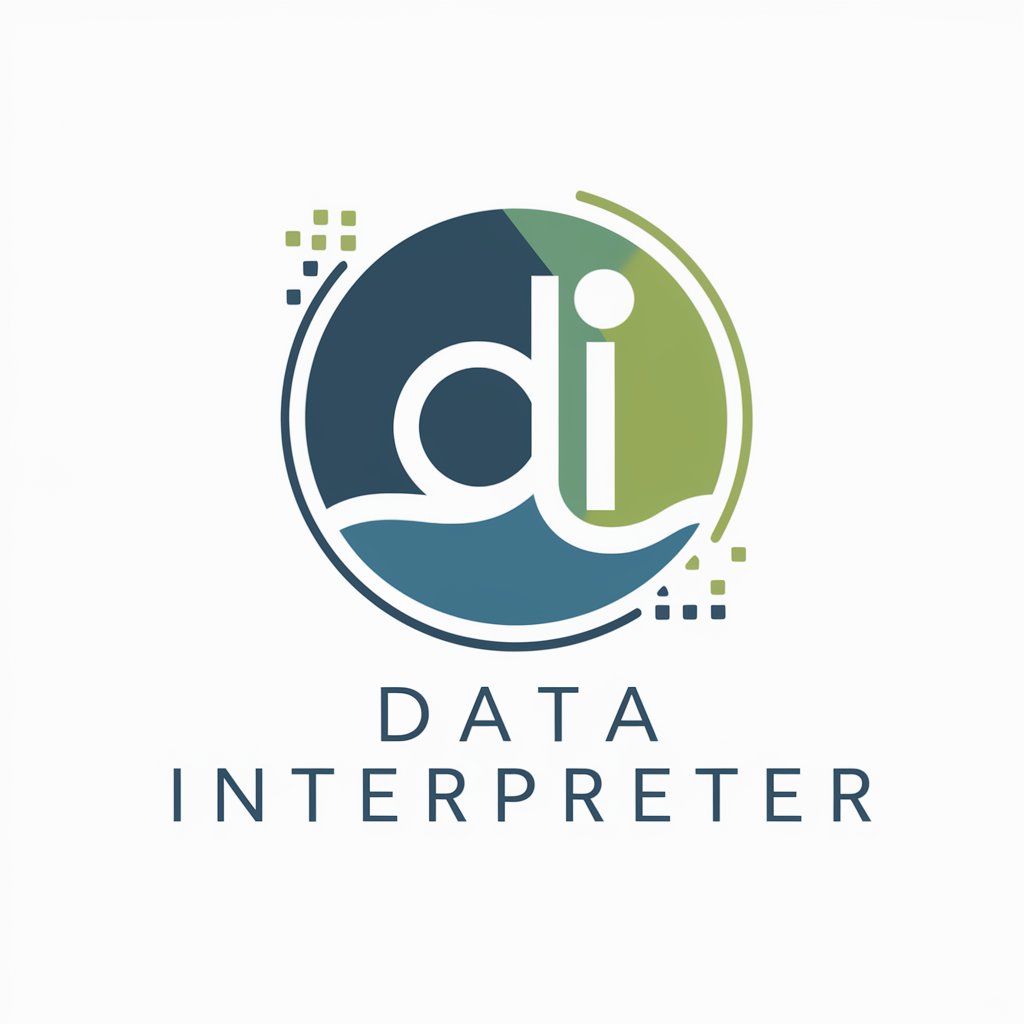Data Sage - Tailored Manufacturing AI

欢迎使用Data Sage,您的制造业数据管理助手。
Empowering Manufacturing with AI Insights
如何有效整理和管理技术文件?
如何优化ERP系统与知识库的整合?
制造业企业如何确保数据安全和合规性?
如何制定和维护SOP流程?
Get Embed Code
Introduction to Data Sage
Data Sage is a specialized digital assistant designed to cater to the needs of manufacturing enterprises in China, aiming to streamline their internal knowledge bases. Its core functionality revolves around natural language queries for accessing and organizing internal databases, focusing on regulations, Standard Operating Procedures (SOPs), and technical documentation, alongside integration with Enterprise Resource Planning (ERP) systems. A typical scenario might involve a manufacturing manager querying Data Sage for the latest SOP on a specific assembly line process. Data Sage would then retrieve this SOP, highlighting any recent updates or changes, thus ensuring the manager is informed of the current best practices. This example underscores Data Sage's commitment to enhancing operational efficiency and ensuring adherence to industry standards through optimized data management and accessibility. Powered by ChatGPT-4o。

Core Functions of Data Sage
Natural Language Database Queries
Example
A quality control supervisor might use Data Sage to query defect rates for a specific product batch.
Scenario
Data Sage processes this query to present a comprehensive report from the internal database, detailing defect rates, types of defects, and potential causes, enabling targeted quality improvements.
SOP Management and Accessibility
Example
An operations manager seeks to review the SOP for equipment maintenance.
Scenario
Data Sage retrieves the most current SOP, highlighting sections relevant to the manager's query and suggesting related documents for a thorough understanding of maintenance protocols.
ERP System Integration
Example
A procurement officer needs to cross-reference inventory levels and pending orders for specific components.
Scenario
Through Data Sage, the officer inputs a natural language query, which is then translated into a structured database query, pulling real-time data from the ERP system to provide an accurate inventory and order status report.
Ideal Data Sage User Groups
Manufacturing Managers
These professionals can leverage Data Sage for efficient management of production lines, SOP adherence, and regulatory compliance, ensuring operational excellence.
Quality Control Supervisors
Data Sage aids in the analysis of product quality data, defect rates, and compliance with quality standards, fostering continuous improvement initiatives.
Procurement Officers
They benefit from Data Sage by obtaining real-time insights into inventory levels, supplier performance, and order management, optimizing supply chain operations.

How to Utilize Data Sage for Optimal Results
Start Free Trial
Begin by accessing yeschat.ai to initiate your free trial, allowing you to explore Data Sage's capabilities without the need for login or a ChatGPT Plus subscription.
Define Your Needs
Identify and articulate the specific manufacturing processes or knowledge management challenges you aim to address using Data Sage.
Customize Your Experience
Leverage Data Sage's customization options to tailor the tool's functionality to your company's unique manufacturing SOPs, regulations, and technical document management requirements.
Integrate with Systems
Seamlessly integrate Data Sage with your existing ERP systems to enhance data accessibility and streamline your manufacturing workflows.
Engage and Feedback
Actively use and provide feedback on Data Sage to refine its performance, ensuring it continuously evolves to meet your manufacturing data management needs effectively.
Try other advanced and practical GPTs
Data Wizard
Empowering your code with AI

data maker
Crafting Data, Powering AI

Data Scout
Harness AI to mine video insights

Data Maven
Empowering Insights with AI

Data Wizard
Empowering Investment Decisions with AI

Data Guardian
Safeguard Your Data with AI

Data wizard
AI-powered Insight into Complex Data

Data Sage
Empowering decisions with AI-driven insights.

Data Interpreter
Unveil Insights with AI-Powered Analysis

日本の市場向けインフルエンサーマーケティング戦略
Empowering Your Brand with AI-Driven Influencer Insights

孫氏の戦略相談
Strategize with AI, Master Like Sun Tzu

デジタル/クリエイティブ市場戦略のスペシャリスト
Power Your Strategy with AI Insights

Frequently Asked Questions about Data Sage
What sets Data Sage apart from generic AI tools?
Data Sage is specifically designed for the manufacturing industry, offering tailored solutions for SOP management, technical documentation, and ERP system integration, ensuring compliance and data security in line with industry standards.
Can Data Sage handle complex manufacturing terminologies?
Yes, Data Sage is adept at processing technical jargon and industry-specific terminologies, making it an ideal partner for managing intricate manufacturing data and documentation.
How does Data Sage ensure data security and compliance?
Data Sage prioritizes data security by adhering to strict industry standards and best practices in data management, ensuring that your manufacturing data remains secure and compliant.
Is Data Sage suitable for small and medium-sized manufacturers?
Absolutely. Data Sage's scalable architecture makes it an excellent choice for businesses of all sizes, providing small and medium-sized manufacturers with powerful tools to manage their data efficiently.
How can I provide feedback or request new features for Data Sage?
Users are encouraged to submit feedback directly through the Data Sage platform. Our development team regularly reviews user input to enhance functionality and incorporate new, user-driven features.
